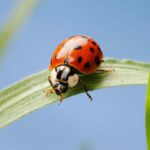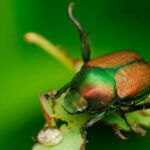Are Bugs Good For Your Lawn?
While some bugs might delight in chomping on your landscaping, other insects are great for keeping your yard green and healthy. What can you do to encourage these helpful insects? Well, they’re a little bit like us. They need safety, food, water, and a place to live. There is nothing like a non-toxic environment, a Read more…



